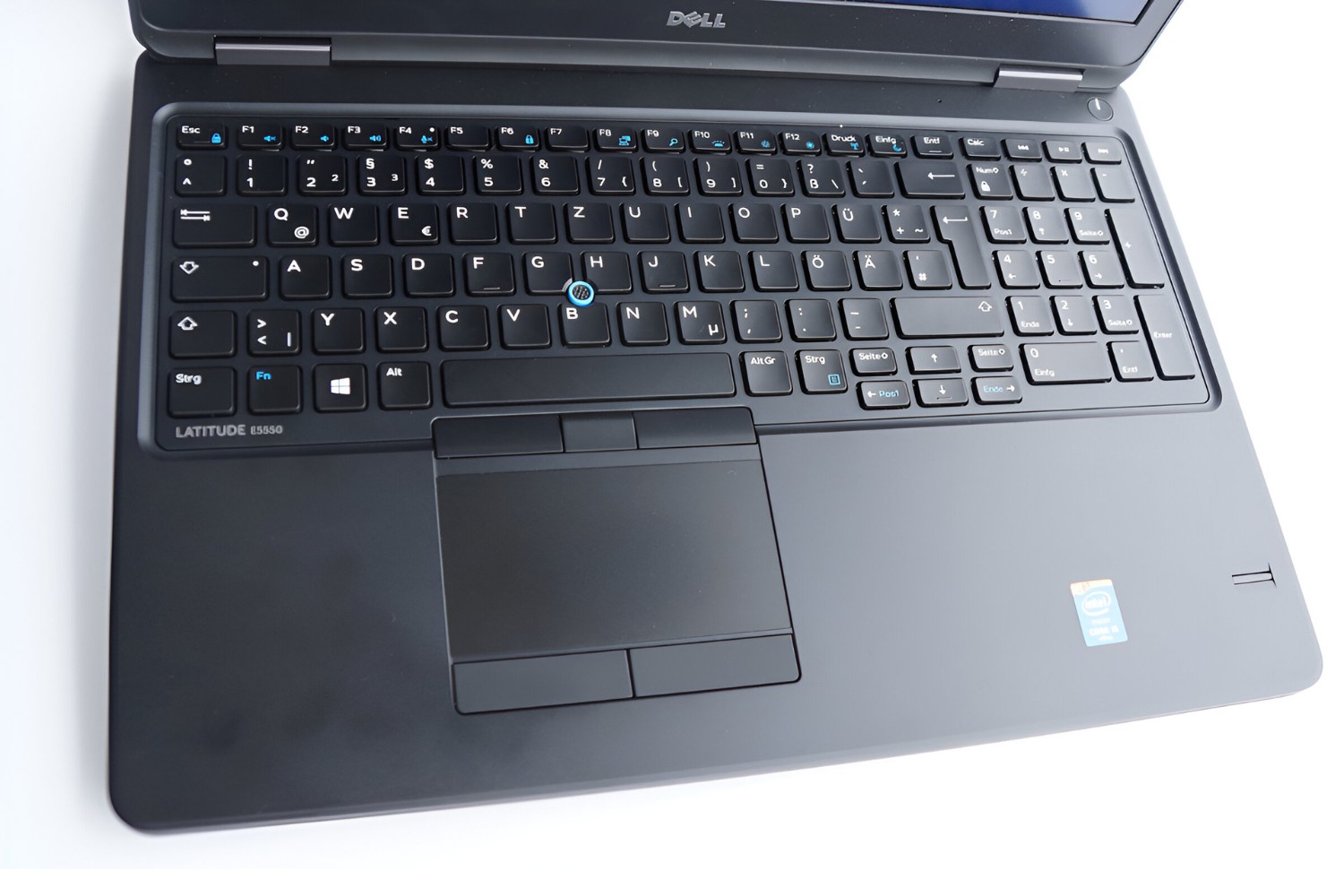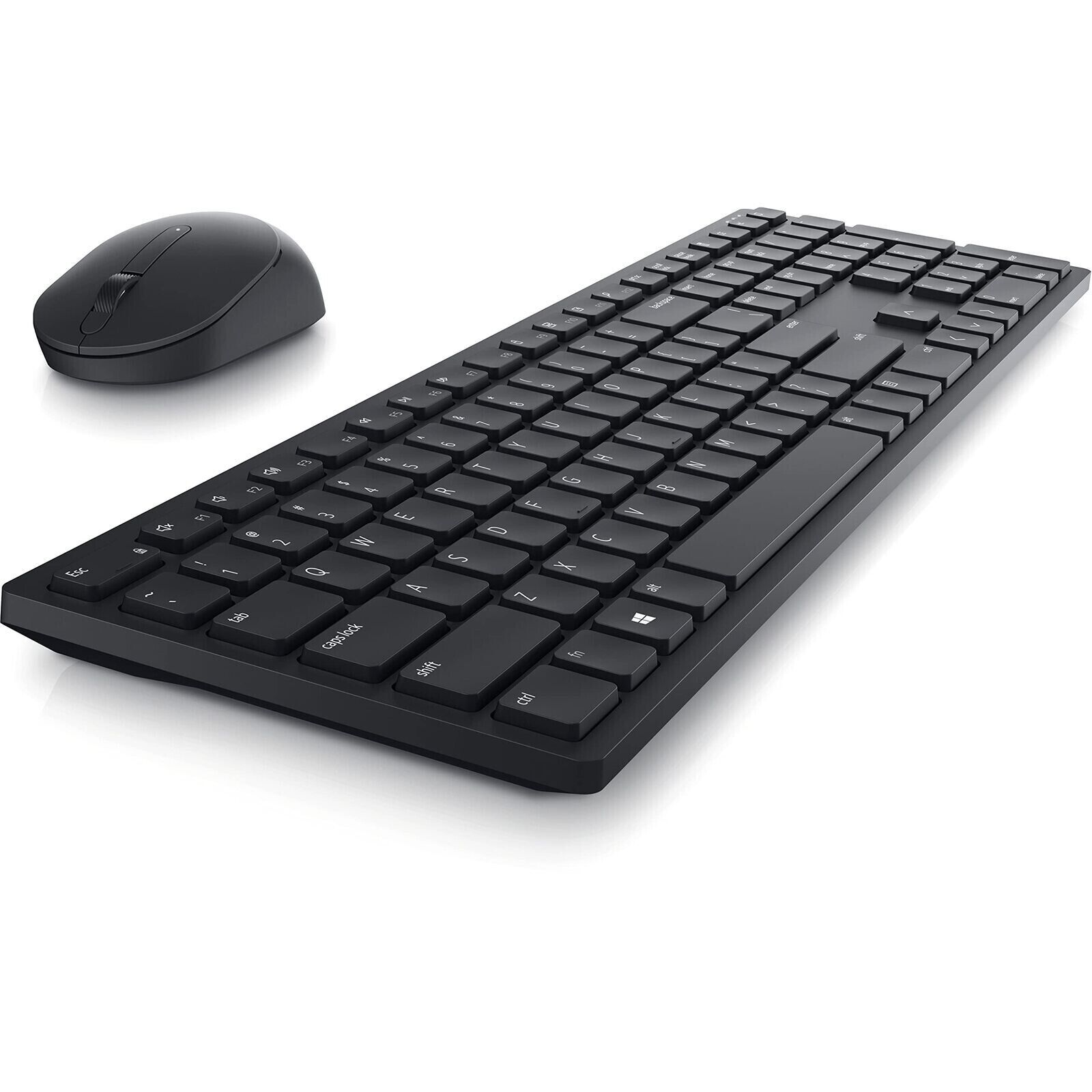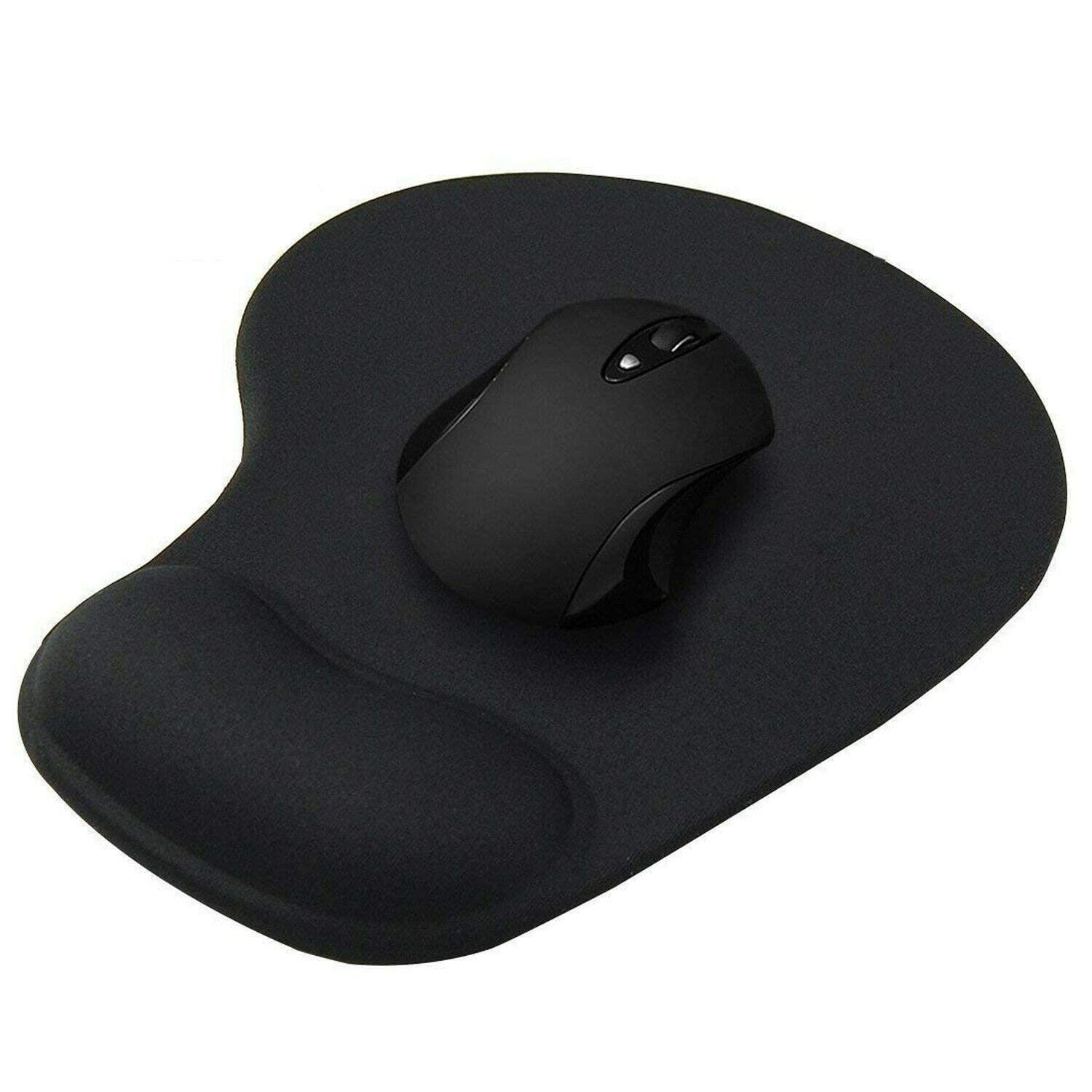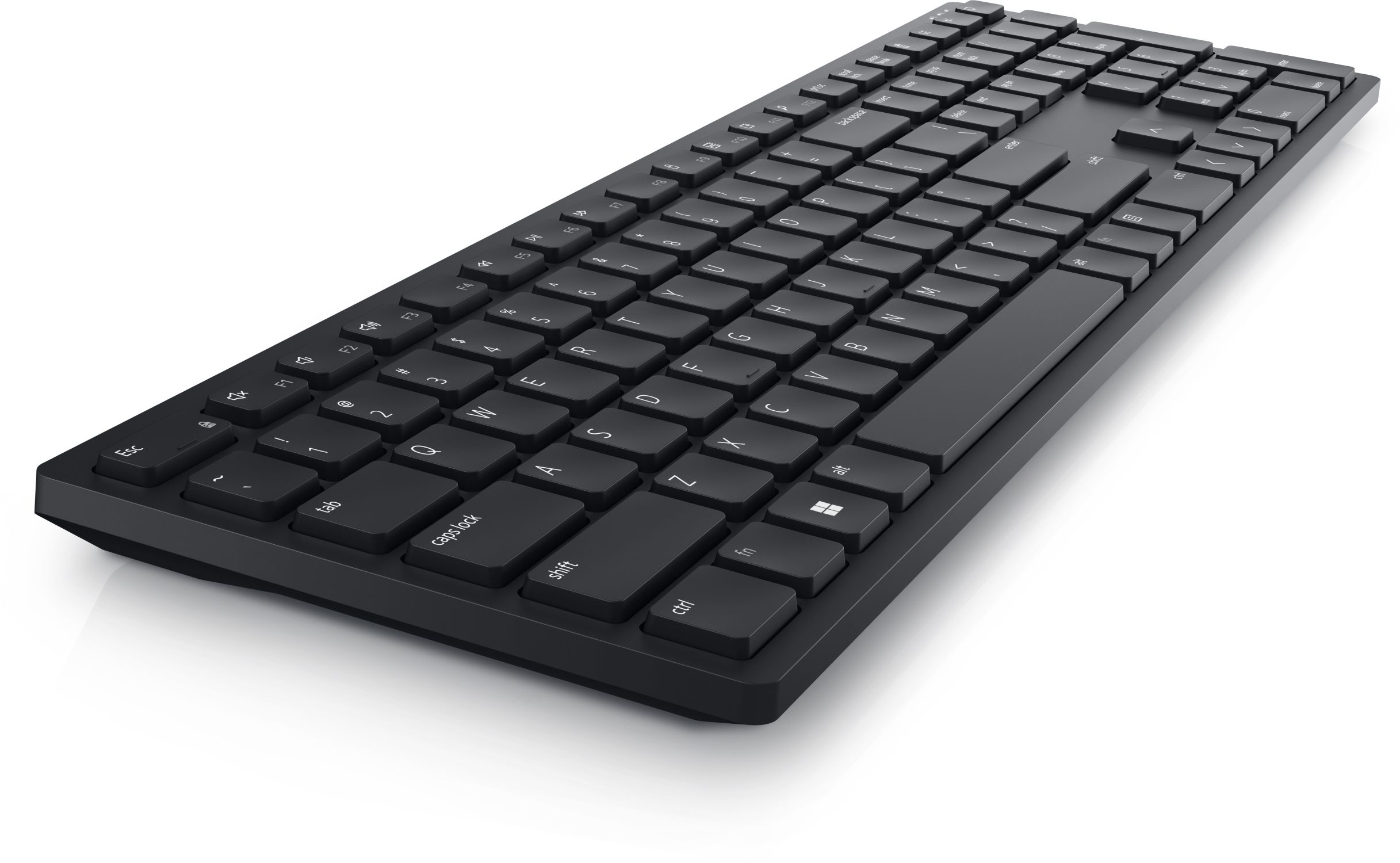Introduction
If you're experiencing issues with your Dell laptop's touchpad, such as it being unresponsive, erratic, or completely locked, it can be an incredibly frustrating situation. However, there are several methods you can try to unlock the mouse pad on your Dell laptop. From utilizing the function key to updating device drivers and using third-party software, these approaches offer potential solutions to resolve the problem and restore your touchpad's functionality.
Understanding the various methods for unlocking the mouse pad on your Dell laptop is essential, as it empowers you to troubleshoot and resolve the issue effectively. By familiarizing yourself with these techniques, you can quickly regain control of your touchpad and enhance your overall user experience.
In the following sections, we will explore the step-by-step processes for checking the function key, using the Control Panel, updating device drivers, and leveraging third-party software to address touchpad-related concerns on your Dell laptop. Whether you're a novice user or a tech-savvy individual, these methods cater to a wide range of technical proficiency levels, providing accessible solutions for unlocking your Dell laptop's mouse pad.
Checking the Function Key
One of the most straightforward methods for unlocking the mouse pad on your Dell laptop involves checking the function key. Many Dell laptops are equipped with a function key that allows users to enable or disable the touchpad with a simple keystroke combination. This feature is designed to provide users with convenient control over the touchpad’s functionality.
To check the function key, start by locating the touchpad icon on your Dell laptop’s keyboard. This icon is typically represented by an image of a touchpad with a diagonal line through it, indicating that the touchpad is currently disabled. To unlock the touchpad, press the function key in combination with the designated key featuring the touchpad icon. On most Dell laptops, this key is labeled as “Fn,” and the touchpad icon is often found on one of the function keys (e.g., F5, F8, or F12).
Upon pressing the function key and the corresponding touchpad key, observe the touchpad icon to check if it changes from the disabled state to an enabled state. If successful, your touchpad should now be unlocked and responsive, allowing you to navigate your laptop’s interface with ease. However, if the touchpad remains unresponsive or fails to unlock, consider exploring alternative methods to address the issue.
It’s important to note that the specific keystroke combination for enabling or disabling the touchpad may vary depending on the Dell laptop model. Therefore, if the initial attempt to unlock the touchpad using the function key is unsuccessful, refer to your laptop’s user manual or the Dell support website for model-specific instructions. Additionally, if your Dell laptop includes specialized touchpad software, such as Dell Touchpad or Dell Pointing Devices, you may be able to adjust touchpad settings through these applications, providing further customization and control over your touchpad’s behavior.
Using the Control Panel
Another method for unlocking the mouse pad on your Dell laptop involves accessing the Control Panel to adjust touchpad settings. The Control Panel provides a centralized location for managing various system configurations, including input devices such as the touchpad. By navigating through the Control Panel’s settings, you can make adjustments to the touchpad’s behavior and potentially resolve issues related to its responsiveness and functionality.
To begin, access the Control Panel on your Dell laptop by clicking on the Windows Start button and typing “Control Panel” in the search bar. Select the Control Panel from the search results to open the application. Once inside the Control Panel, locate and click on the “Hardware and Sound” category, which contains settings related to input devices, among other hardware-related options.
Within the “Hardware and Sound” category, look for the “Devices and Printers” section and click on “Mouse” to access the touchpad settings. Depending on your Dell laptop model and the installed drivers, the touchpad settings may be accessible directly through the “Mouse” options or through a separate touchpad configuration utility.
Upon accessing the touchpad settings, you can explore various options to customize and troubleshoot the touchpad’s behavior. Look for settings related to touchpad sensitivity, tapping, scrolling, and gestures, as these parameters can affect the overall responsiveness and functionality of the touchpad. Adjust these settings as needed to potentially address issues with the touchpad’s performance.
Furthermore, if your Dell laptop includes specialized touchpad software, such as Dell Touchpad or Dell Pointing Devices, you may find additional customization options within these applications. These software utilities often offer advanced settings and features tailored to Dell touchpad hardware, providing users with comprehensive control over their touchpad’s behavior.
By leveraging the Control Panel and its touchpad settings, you can explore a range of options to unlock and optimize the performance of your Dell laptop’s touchpad. Whether it’s adjusting sensitivity, enabling specific touchpad features, or troubleshooting erratic behavior, the Control Panel serves as a valuable tool for managing touchpad-related configurations and enhancing the overall user experience.
Updating Device Drivers
Ensuring that your Dell laptop’s touchpad functions optimally often involves keeping its device drivers up to date. Device drivers serve as the communication bridge between the hardware components and the operating system, and outdated or corrupted drivers can lead to touchpad-related issues, including unresponsiveness or erratic behavior. By updating the touchpad drivers, you can potentially resolve these issues and unlock the full functionality of the touchpad.
To update the touchpad drivers on your Dell laptop, begin by accessing the Device Manager. You can do this by right-clicking on the Windows Start button and selecting “Device Manager” from the menu. Within the Device Manager window, locate the “Mice and other pointing devices” category, which contains the touchpad driver. Right-click on the touchpad driver and select “Update driver” from the context menu.
Upon selecting “Update driver,” you will be prompted to choose between automatically searching for updated driver software or manually installing the driver from a specific location. Opt for the automatic search option to allow Windows to search for the latest touchpad driver online. If an updated driver is found, follow the on-screen instructions to install it. Alternatively, if you have downloaded the latest touchpad driver from the Dell support website, you can choose the manual installation option and navigate to the downloaded driver file to initiate the update process.
In addition to updating the touchpad driver through the Device Manager, you can also utilize Dell’s support website to download and install the latest touchpad driver for your specific laptop model. By entering your laptop’s service tag or selecting the model from the support website, you can access the latest driver releases and related software updates. Be sure to download the correct touchpad driver compatible with your operating system version to ensure a successful installation.
Furthermore, if your Dell laptop includes specialized touchpad software, such as Dell Touchpad or Dell Pointing Devices, updating these software applications alongside the touchpad driver can provide comprehensive enhancements and optimizations for the touchpad’s performance. These software updates may introduce new features, customization options, and bug fixes, contributing to an improved touchpad experience on your Dell laptop.
By regularly updating the touchpad drivers and associated software, you can address potential compatibility issues, improve touchpad responsiveness, and unlock advanced features, ultimately enhancing the overall functionality of the touchpad on your Dell laptop.
Using Third-Party Software
When traditional troubleshooting methods for unlocking the mouse pad on your Dell laptop prove ineffective, leveraging third-party software can offer alternative solutions to address touchpad-related issues. Third-party software applications designed specifically for touchpad management and customization can provide advanced features and diagnostic tools to help resolve touchpad problems and optimize its performance.
One approach involves utilizing third-party touchpad management software that offers comprehensive control over the touchpad’s behavior and settings. These applications often provide a wide range of customization options, including sensitivity adjustments, gesture support, scrolling behavior, and additional features tailored to enhance the user experience. By installing and configuring third-party touchpad management software, you can potentially unlock advanced touchpad capabilities and address specific issues that may not be easily resolved through standard system settings.
Furthermore, third-party diagnostic and troubleshooting software can be valuable for identifying and resolving touchpad-related issues on your Dell laptop. These tools can perform in-depth analyses of the touchpad’s functionality, detect potential hardware or software conflicts, and provide detailed reports to guide the troubleshooting process. By leveraging the insights and diagnostic capabilities offered by third-party software, you can gain a deeper understanding of the underlying touchpad issues and implement targeted solutions to unlock and optimize its performance.
It’s important to note that when selecting third-party software for touchpad management or diagnostics, it’s advisable to choose reputable and well-reviewed applications from trusted sources. Verify the compatibility of the software with your Dell laptop model and operating system version to ensure seamless integration and reliable performance. Additionally, consider researching user experiences and expert recommendations to identify effective third-party software solutions that align with your touchpad-related needs.
Some third-party software may also offer firmware updates or driver management features that can contribute to resolving touchpad issues and unlocking advanced functionality. By staying informed about the latest software releases and updates from reputable third-party providers, you can access valuable tools and resources to enhance the touchpad experience on your Dell laptop.
By exploring the capabilities of third-party touchpad management and diagnostic software, you can expand your troubleshooting options and access specialized tools to address touchpad-related concerns effectively. Whether it’s unlocking advanced features, diagnosing underlying issues, or fine-tuning touchpad settings, third-party software can serve as a valuable resource for optimizing the touchpad’s performance on your Dell laptop.

























